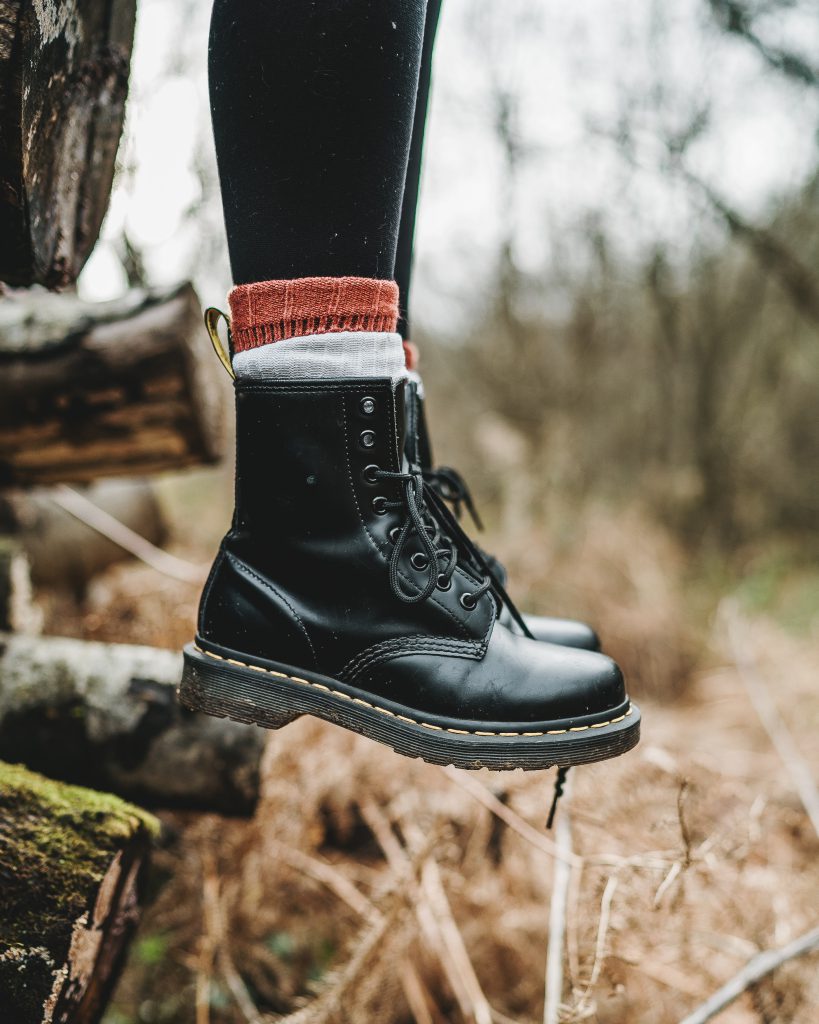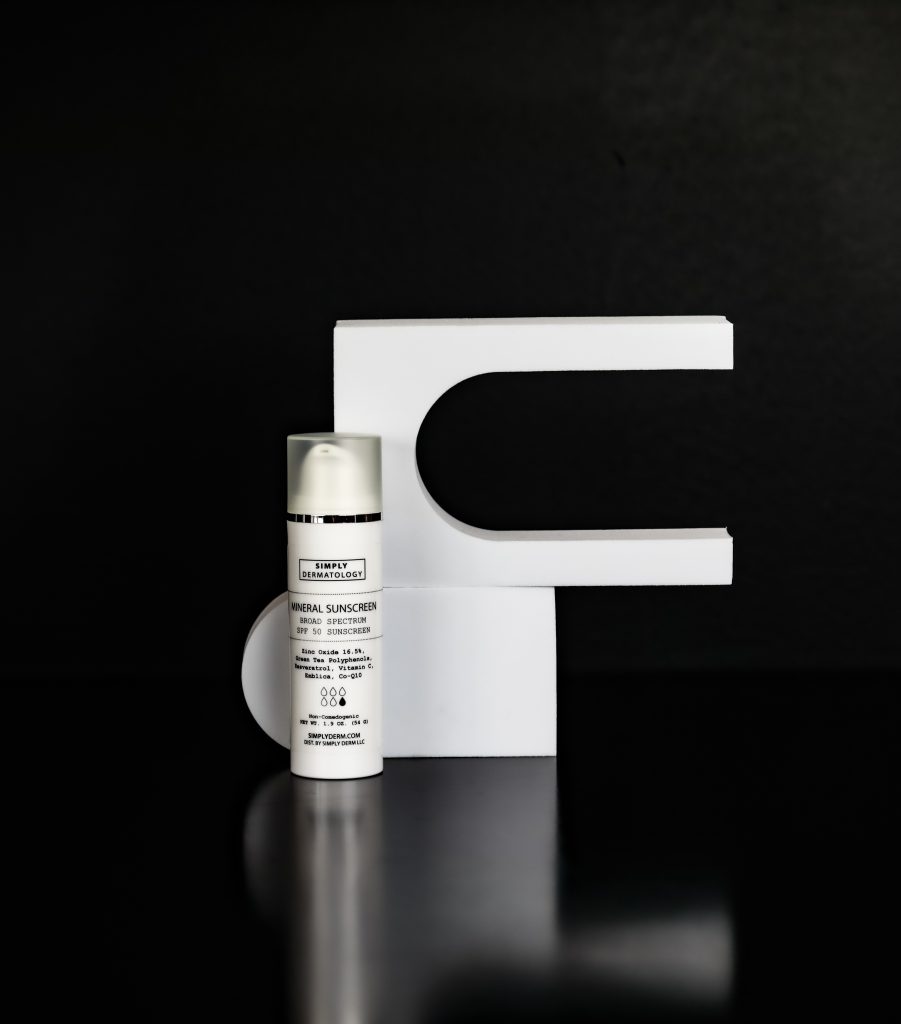Tick Safety and Prevention: Enjoying the Outdoors this Summer
It’s the first day of summer! With the arrival of warmer weather, many of us eagerly embrace the opportunity to soak up the sun and engage in outdoor activities. However, it’s essential to remember that spending time outdoors also means being mindful of potential health risks, such as ticks. Enjoying the great outdoors can go hand in hand with maintaining healthy skin. In this blog, we will explore tick safety and tick bite prevention that will empower you to safeguard your skin while making the most of your outdoor adventures.
Understanding Ticks
Ticks are small arachnids that feed on the blood of animals, including humans. These tiny creatures are prevalent in grassy and wooded areas, making them a potential concern for outdoor enthusiasts. Ticks are most commonly found in regions with high humidity and moderate temperatures, which aligns with the conditions that summer often brings.
Tick-borne Diseases
Ticks can transmit various diseases, some of which can have significant health consequences. Lyme disease is one of the most well-known tick-borne illnesses, characterized by symptoms like fever, fatigue, and a characteristic “bull’s-eye” rash. Other tick-borne diseases include Rocky Mountain spotted fever, babesiosis, and anaplasmosis. Recognizing the early signs of these diseases is crucial for timely diagnosis and treatment. The tick bite prevention tips and tricks outlined below can help keep your summer stress free!
Preventing Tick Bites
Practical Tips to Protect Your Skin
- Use insect repellents: Apply an EPA-approved insect repellent containing DEET or picaridin to exposed skin. Follow the instructions on the label and reapply as needed.
- Perform regular tick checks: After spending time outdoors, thoroughly check your body and scalp for ticks. Pay special attention to hidden areas like the armpits, groin, and scalp. Promptly remove any attached ticks using fine-tipped tweezers, grasping the tick close to the skin’s surface and pulling it straight out.
- Modify your landscape: Reduce tick populations around your home by keeping lawns well-maintained, clearing leaf litter, and creating a barrier between wooded areas and recreational spaces.
- Consider tick repellent clothing: Treat your clothing with permethrin, an insecticide that can repel and kill ticks on contact. Many outdoor stores offer clothing pre-treated with permethrin, providing an additional layer of protection.

Sunscreen and Tick Bite Prevention
We cannot stress enough the importance of wearing sunscreen to protect your skin from harmful UV rays. However, it’s crucial to remember that sunscreen should be applied before insect repellents. Opt for a broad-spectrum sunscreen with an SPF of 30 or higher and ensure it is compatible with your chosen insect repellent. Applying sunscreen first creates a protective barrier for your skin while allowing the repellent to effectively ward off ticks.
Tick Bites and Your Skin
Tick Bites and Skin Irritation
Tick bites can sometimes lead to skin irritation, including redness, itching, and even localized allergic reactions. I recommend avoiding the temptation to scratch or pick at the bite site, as this can exacerbate the irritation and potentially introduce infection. Instead, gently clean the area with mild soap and water, apply a soothing topical antihistamine cream or calamine lotion, and cover it with a sterile bandage if needed. If the irritation persists or worsens, consult a dermatologist for appropriate treatment.
Tick-Related Skin Conditions Caused by Tick Bites
Ticks can trigger various skin conditions in susceptible individuals. Some people may develop an allergic reaction to tick saliva, resulting in itchy hives or swelling at the bite site. Others may experience a condition known as tick-induced dermatitis, characterized by an intensely itchy, eczema-like rash in response to tick bites. If you notice any unusual skin symptoms following a tick bite, it’s essential to consult a dermatologist for proper evaluation and management.
Tick-Borne Rashes and Dermatology Evaluation
Certain tick-borne diseases, such as Lyme disease, can manifest with distinct rashes. Lyme disease often presents with an expanding rash known as erythema migrans, which resembles a bull’s-eye pattern. However, it’s crucial to note that not all tick-borne illnesses display such distinctive rashes. The importance of seeking professional evaluation for any concerning skin changes, even if a characteristic rash is absent, cannot be understated. Dermatologists are well-equipped to assess and diagnose tick-related skin conditions, enabling timely treatment and appropriate care.
Incorporating Tick Prevention into Skincare Routine
When planning your outdoor activities, include tick bite prevention as part of your skincare routine. Consider using skincare products that incorporate natural tick-repellent ingredients such as essential oils like lemon eucalyptus, citronella, or lavender. While these natural remedies may provide some additional protection, it’s essential to remember that they are not as potent as EPA-approved insect repellents. Therefore, use them as a supplementary measure in conjunction with other preventive strategies.
Post-Tick Bite Care
In the unfortunate event of a tick bite, it’s essential to take appropriate post-bite care:
- Monitor the bite site: Keep a close eye on the area where the tick was attached. If you notice any unusual symptoms or skin changes, such as redness, expanding rash, or flu-like symptoms, seek medical attention promptly.
- Save the tick: If you find a tick attached to your skin, safely remove it and preserve it in a sealed container. This can be helpful for identification purposes should you develop any symptoms later on.
- Seek medical advice: If you experience concerning symptoms following a tick bite, consult a dermatologist or healthcare professional. They can evaluate your condition and recommend appropriate diagnostic tests or treatment options.
Tick Safety and Summer Activities
As summer invites us to enjoy the beauty of nature, understanding tick safety and prevention measures is vital for maintaining healthy skin and overall well-being. By following these dermatology-based recommendations, such as wearing protective clothing, using repellents, performing regular tick checks, and seeking medical attention you can enjoy the outdoors all summer long, stress-free.
By approaching tick safety and prevention from a dermatological standpoint, we can ensure not only the health of our skin but also our overall well-being. Remember, an ounce of prevention is worth a pound of cure when it comes to tick-borne illnesses. So, make smart choices, protect your skin, and savor the beauty of the great outdoors without unnecessary risks.
If you have a skin concern you would like to get checked out click here to book now. Other blogs you might be interested in are repelling mosquitos naturally with soap and more insight on how to keep your skin safe from the sun.
-Dr. Papantoniou


